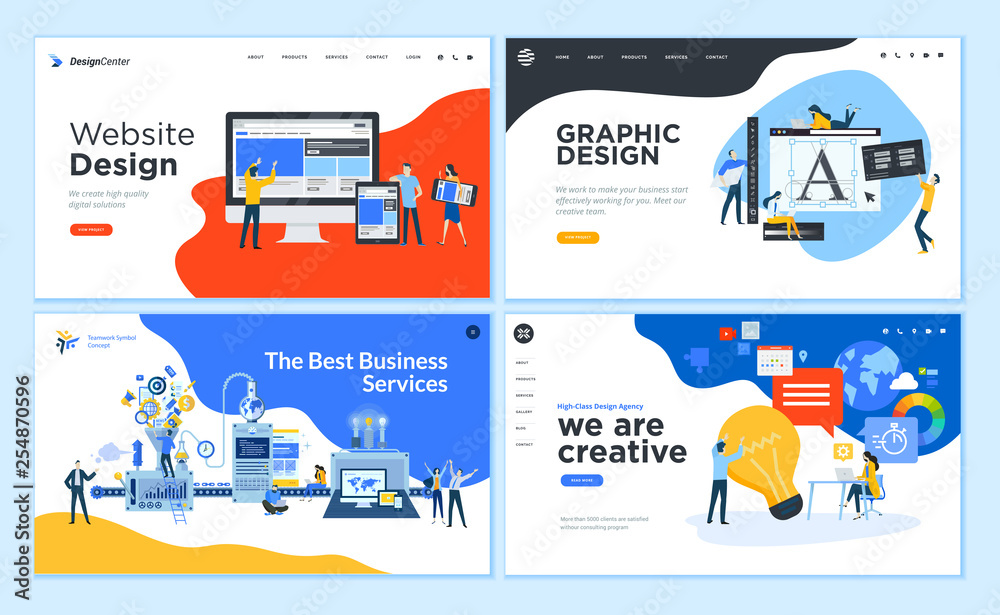The Bernard Rodriguez Journal
Exploring the latest trends and stories in news and lifestyle.
Web Wonders: Designing Graphics that Captivate
Unleash your creativity! Discover expert tips for designing captivating graphics that grab attention and elevate your brand.
5 Essential Tips for Creating Captivating Graphics
Creating captivating graphics is essential for attracting and retaining your audience's attention. Here are five essential tips to help you elevate your visual content:
- Know Your Audience: Understand who you are designing for. Different demographics respond to various styles, colors, and messages. Research your target audience's preferences to tailor your graphics to their tastes.
- Keep It Simple: Less is often more when it comes to design. A cluttered graphic can overwhelm viewers and dilute your message. Aim for a clean and focused layout that clearly communicates your point. Learn more about simplicity in design here.
- Use High-Quality Images: Graphics made with low-resolution images can look unprofessional. Utilize high-quality images to enhance the appeal of your design. Stock photo websites like Unsplash or Pexels offer great resources.
- Be Consistent: Maintain consistency in your graphics through color schemes, fonts, and style. This not only solidifies your brand identity but also makes your content recognizable across different platforms. Explore tips on maintaining consistency here.
- Incorporate Text Wisely: Text should complement your graphics, not overpower them. Use readable fonts and avoid cluttering your graphic with too much information. Aim for a balance that draws readers in. For more on text usability in graphics, check this guide.

The Science Behind Color Psychology in Graphic Design
Color psychology plays a pivotal role in graphic design, influencing how audiences perceive brands and their messages. Different colors evoke distinct emotional responses; for instance, blue often conveys trust and reliability, making it a popular choice for tech companies and banks. In contrast, red can invoke feelings of passion and urgency, which is why it's frequently used in sales and clearance promotions. Understanding these associations helps designers create compositions that not only capture attention but also communicate the desired message effectively.
Moreover, the context in which colors are used significantly impacts their effectiveness in graphic design. For example, when looking at color contrast, it's crucial to consider accessibility for all users, ensuring that colors remain distinguishable for those with visual impairments. A well-thought-out color palette can enhance user experience, encourage brand loyalty, and even influence purchasing decisions. Thus, incorporating high-quality research and testing can help designers harness the power of color psychology to achieve their goals.
How to Choose the Right Typography for Engaging Web Graphics
Choosing the right typography is essential for creating engaging web graphics that captivate your audience. The first step in this process is understanding the graphic's purpose. Whether it's for a blog post, an advertisement, or a landing page, the font should reflect the tone and message you wish to convey. For instance, a tech startup may benefit from clean and modern sans-serif fonts, while a vintage shop might opt for more decorative serif fonts. To explore various font options, resources like Google Fonts offer an extensive selection of web-friendly typefaces.
Once you've chosen the appropriate font style, consider the readability and legibility of your typography. Aim for a contrast between text and background to ensure the content stands out. Additionally, pay attention to font size, line height, and spacing, as these factors significantly impact how easily users can consume your content. For practical guidelines on typography best practices, refer to Smashing Magazine. By thoughtfully selecting your typography, you'll create web graphics that not only look great but also engage and retain your audience.